6 May 1527. Pope Clement VII had been sitting on St. Peter’s Chair since 19 November 1523. An illegitimate member of the Medici clan, he was raised by his uncle Lorenzo de’ Medici, known as Lorenzo the Magnificent. His cousin was Pope Leo X, second son of Lorenzo the Magnificent and another Medici. Clement VII was originally trained for military service but showed a great interest in serving the clergy. Though it was traditional for illegitimate sons to be blocked from holding a bishopric, Clement VII’s cousin Leo X elevated him anyway, setting the stage for Clement VII to eventually become pope. Unfortunately, Clement VII proved to be an ineffective statesman and was caught between the powerful leaders of France, the Holy Roman Empire, and England: Francis I, Charles V and Henry VIII, respectively. This being caught between a rock and a hard place would set the stage for Rome to be overrun and defiled.
Rooted in the Italian Wars of 1494 to 1559, the Conquest of Rome, as it is also known, caused lasting, significant changes in the Renaissance and the history of the papacy in Rome. Specifically, the Conquest took place during the Four Years War, which saw the forces of the Papal States, Henry VIII, and Charles V pitted against the Republic of Venice and Francis I. The wars were fought for control over the Italian peninsula, and sometimes called the Habsburg-Valois wars, as the principle antagonists were the French Valois and Spanish Habsburgs.
Leading up to 6 May, Clement VII had entered into an alliance with Francis I. At this time, France did not contain some of the surrounding territories that now comprise the country we know today, such as the region of Bourbon. Charles V’s forces in Italy were led by the Duke of Bourbon. After warring in Italy and with no money to pay the troops, they marched towards Rome. It is disputed whether this was the idea of the Duke of Bourbon or whether the troops cajoled him into leading them to Rome. Rome was believed to be the richest city in Italy. Upon arrival, the Duke of Bourbon set up his headquarters on the Giancolo hill at St. Onofrio’s Convent.
The initial attack did not take long at all. The Duke of Bourbon set multiple attacks against the city. Charles V’s troops, led by the Duke of Bourbon in his white cloak, marched on the walls at dawn on 6 May 1527. The Duke may have made an easy target because of his white cloak, and either by luck on the Roman side or excellent marksmanship, the Duke died very early in the battle. Charles V’s army, made up of mercenaries from mostly Spain and Germany, were now without a leader whom they feared. During one of the attacks, Spanish troops tried to force themselves in at the Torrione Gate. Breeching the city gate did not take long, and, just like that, Charles V’s troops were inside, wreaking havoc.
Some of them made for the Vatican, with an aim to attack and do who-knows-what to Clement VII. Heading up the road of Borgo San Spirito, the invaders clashed with the Swiss Guard by the German Cemetery, killing the Swiss captain in front of his wife. The invaders continued to the Vatican.
At the Vatican, 189 Swiss Guard valiantly protected Clement VII, who, with 42 of the Swiss Guard, escaped to Castel Sant' Angelo through a secret, elevated passage (the Passetto di Borgo) linking St. Peter’s and the Castel. The remaining Swiss Guard were massacred inside St. Peter’s. To this day, in honour of those who died fulfilling their duties to the Pope, new members of the Swiss Guard are sworn in each year on 6 May.Having desecrated St. Peter’s, missing the opportunity to capture Clement VII, Charles V’s troops rushed across the Sisto Bridge and plundered, raped, murdered, and drank their way through Rome for the next eight days. They even despoiled tombs of the popes, in hopes of finding valuables. Several of the troops, including the German Landsknechts or lansquenets, could be heard shouting about Martin Luther, “Vivat Lutherus pontifex,” meaning, “Long live Luther, Pontiff!” The Prior of the Canons of St. Augustine described Charles V’s troops, “Mali fuere Germani, pejores Itali, Hispani vero pessimi”, meaning, “The Germans were bad, the Italians were worse, the Spaniards were the worst.”
Pope Clement VII could do nothing to stop the carnage. From Castel Sant' Angelo, he could hear and see the destruction of Rome and the violent ends of its citizens. It is estimated that up to 12,000 people died as a result of the Conquest, and irreplaceable valuables amounting to around 10,000,000 ducats. Relics were destroyed, frescoes by Raphael marred by graffiti, and items made of gold and silver carried off, never to be seen again. Rome, now bereft of its artists, scholars, and philosophers, would take years to recover. But the message was clear: the Reformation had come.
Here are photos that Heather took on her trip to Rome in November 2015.
- Castel Sant’ Angelo
- Castel Sant’ Angelo
- View from the Castel Sant’ Angelo to the Vatican
Heather R. Darsie lives in the United States with her family and three parrots. She works in the legal field, with a focus on children. She obtained a Bachelor of Arts degree in German Languages and Literature, then a Juris Doctorate in American jurisprudence, and studied abroad in Costa Rica and France. Heather has always loved history. She first became acquainted with Elizabeth I when she was in middle school and chose to write a book report about her. Since then, she has always held an interest in the Renaissance and its numerous enigmatic citizens, with particular focus on the history of England and Italy. She is currently working on a book on the heraldry of Tudor women and is also researching Anne of Cleves.
Sources & Suggested Reading
- Collins, Roger. Keepers of the Keys of Heaven: a History of the Papacy. Philadelphia: Basic Books, a division of Perseus Books Group (2009).
- The Roman Curia. The Swiss Guard: History. http://www.vatican.va/roman_curia/swiss_guard/swissguard/storia_en.htm Retrieved 27 April 2016.
- Italian Wars. 2016. Encyclopædia Britannica Online. http://www.britannica.com/event/Italian-Wars Retrieved 28 April 2016.
- Vatican.com. The Sack of Rome. Published 14 July 2013. http://vatican.com/articles/info/the_sack_of_rome-a4149 Retrieved 27 April 2016.
- Hook, Judith. The Sack of Rome, 1527. London, 1972.
- Gouwens, Kenneth. "Rome, Sack of." Europe, 1450 to 1789: Encyclopedia of the Early Modern World. 2004. Encyclopedia.com. http://www.encyclopedia.com. Retrieved 29 April 2016.
- "Clement VII." Encyclopedia of World Biography. 2004. Encyclopedia.com. http://www.encyclopedia.com/doc/1G2-3404707762.html Retrieved 30 April 2016.



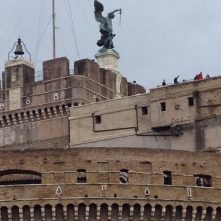
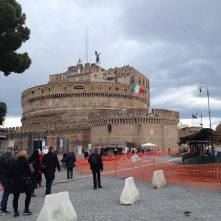
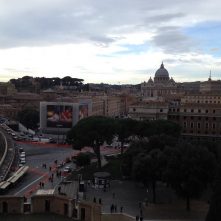
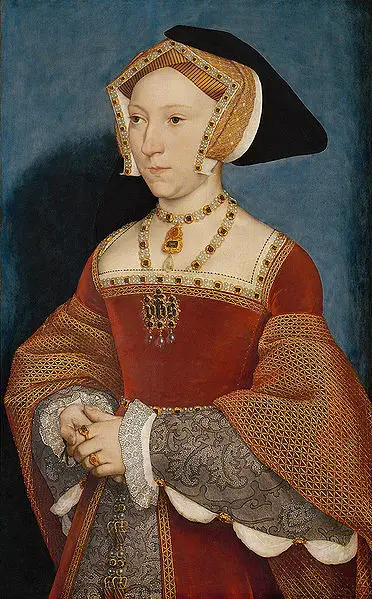
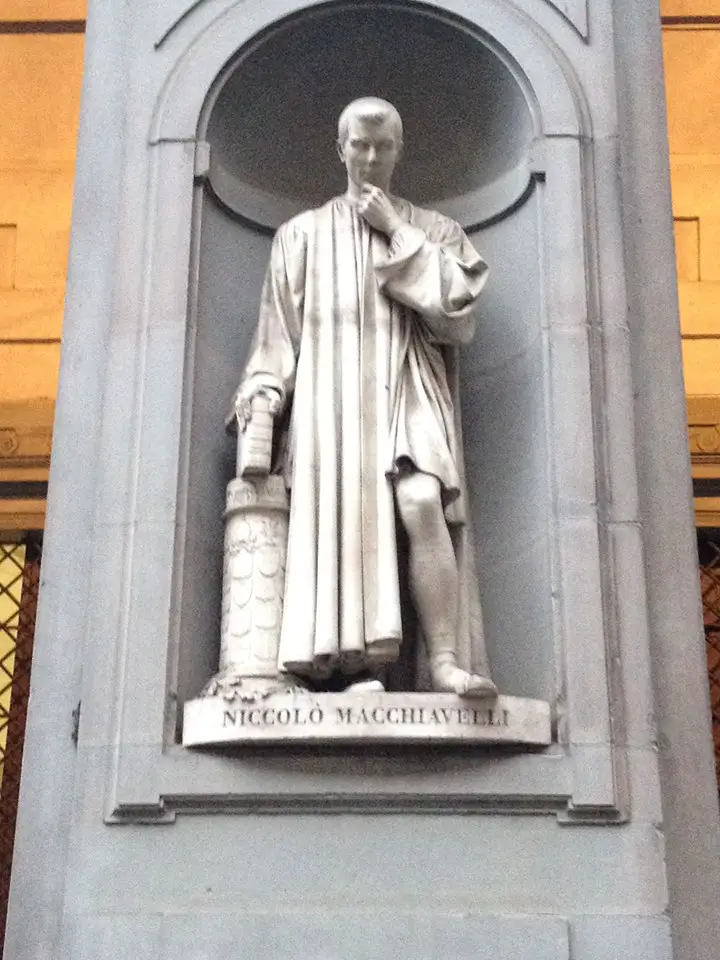
Leave a Reply